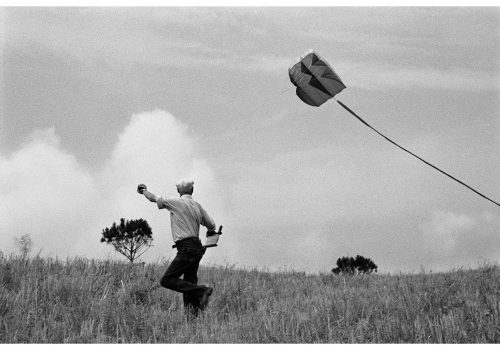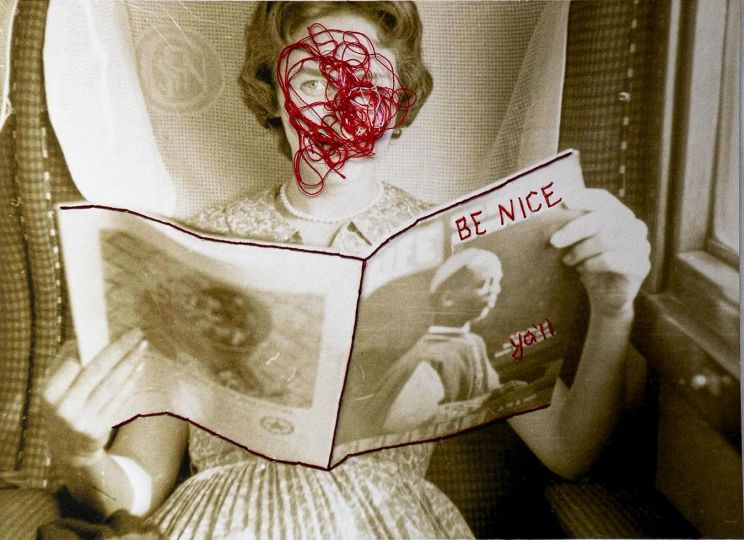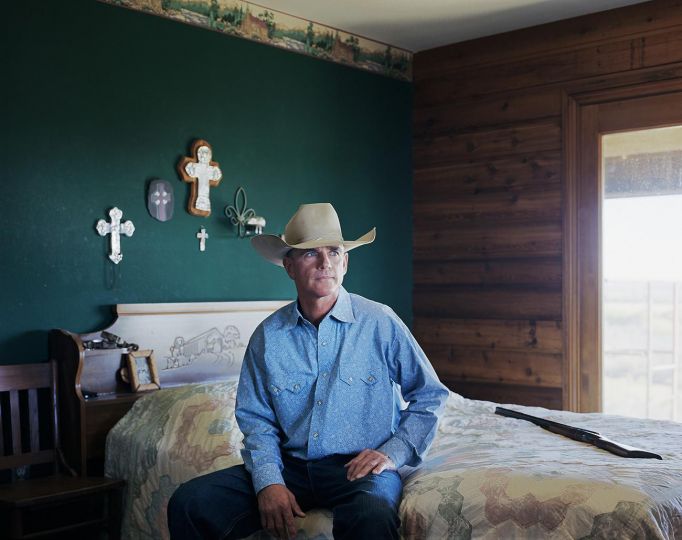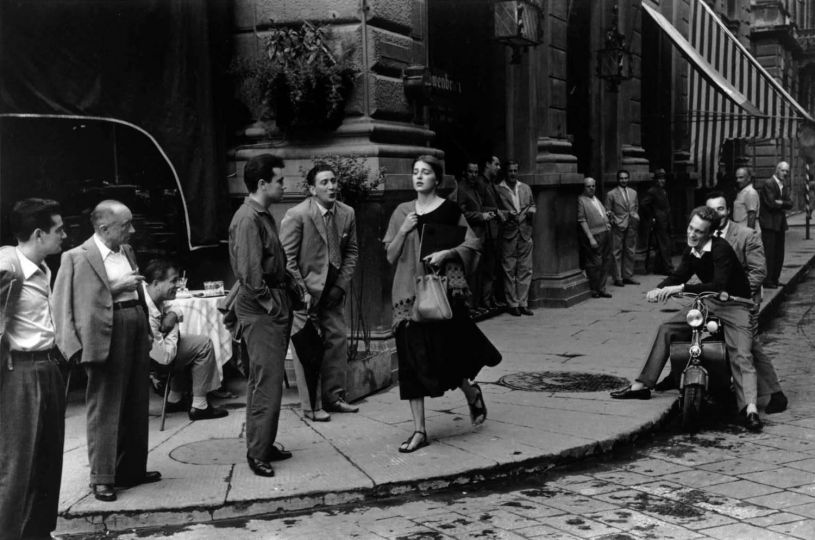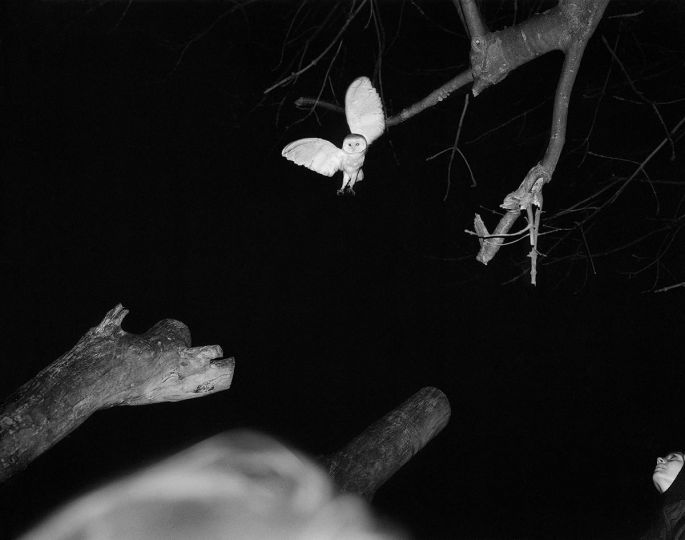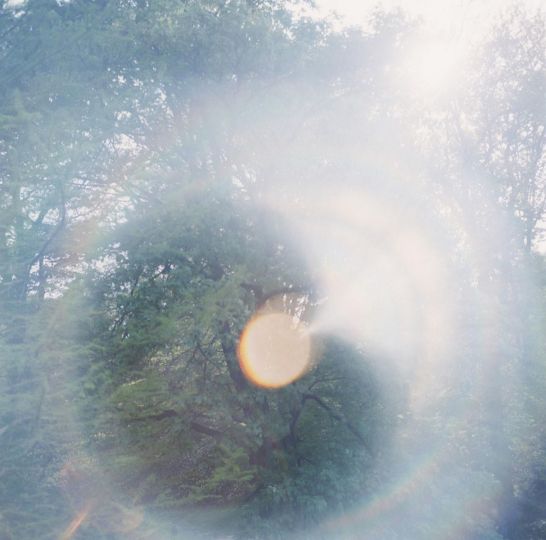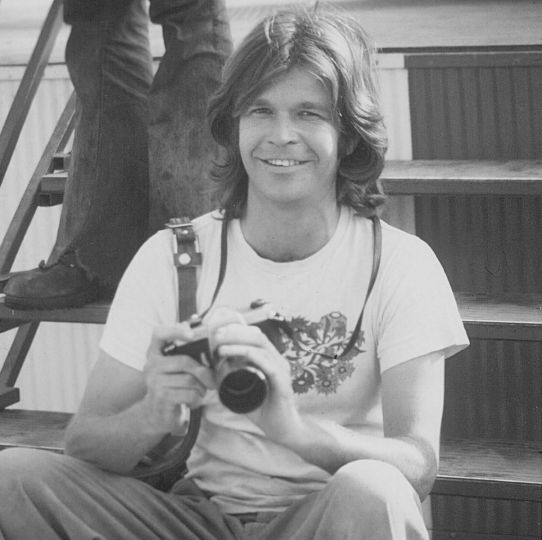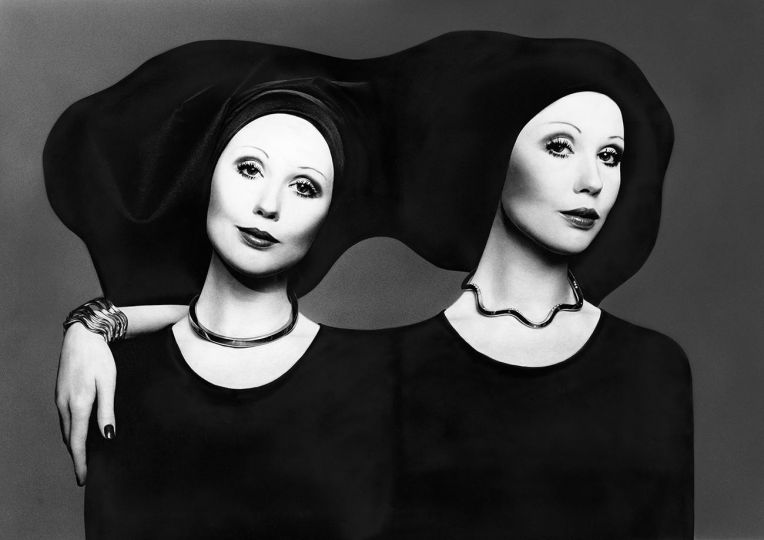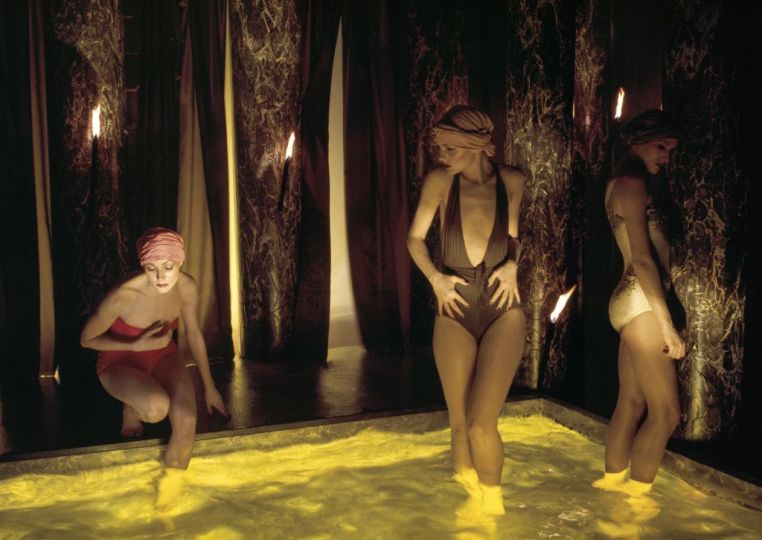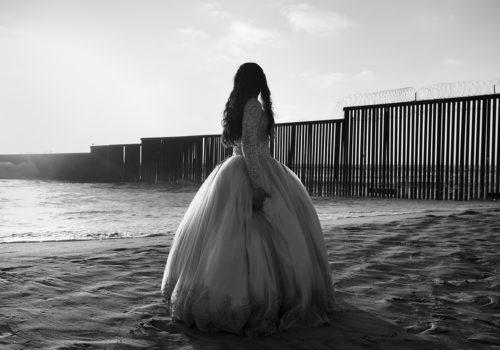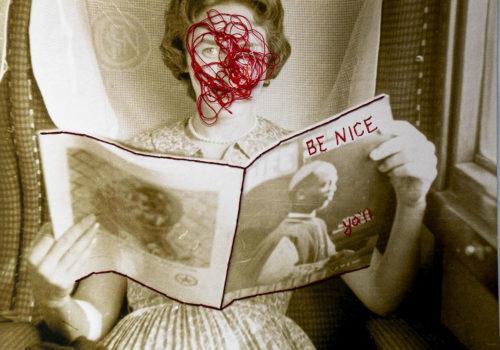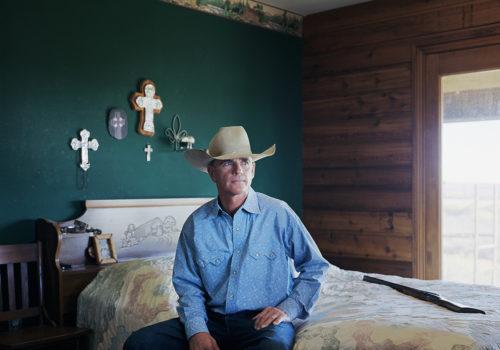John Loengard is dead.
He was one of the last myths of the golden age of photography from 1950 to 1990. He was the great director of photography for Life and an extraordinary photographer.
I still remain fascinated today by his photo of Henri Cartier-Bresson playing with a kite in the Luberon.
For pleasure, John collaborated for a long time to the Eye of Photography and we held our editorial conferences at the bar of The Carlyle, the hotel on East 76th street. We often talked about his dream, the only one he had never realized: a collection of books on all of Life’s photographers! Imagine!
Look through John’s archives in the Eye: these are pure marvels.

